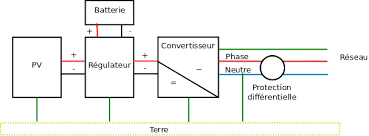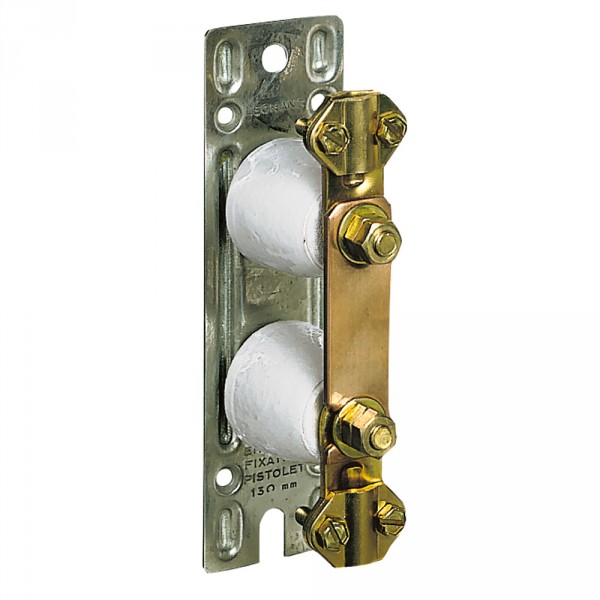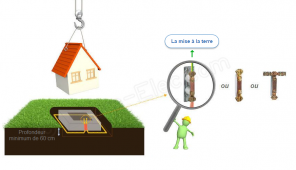What is SCC?That depends on your SCC, and the panels. Some require a continuous ground conductor, some do not.
EDIT: I realize now you meant solar charge controller. I looked into my inverters manual (the EG4 6500EX) and called Signature Solar and they say just don't connect any ground wires to the inverter itself. So I'm really not sure what to do. This entire grounding discussion has me lost as to what to do.
Last edited:





